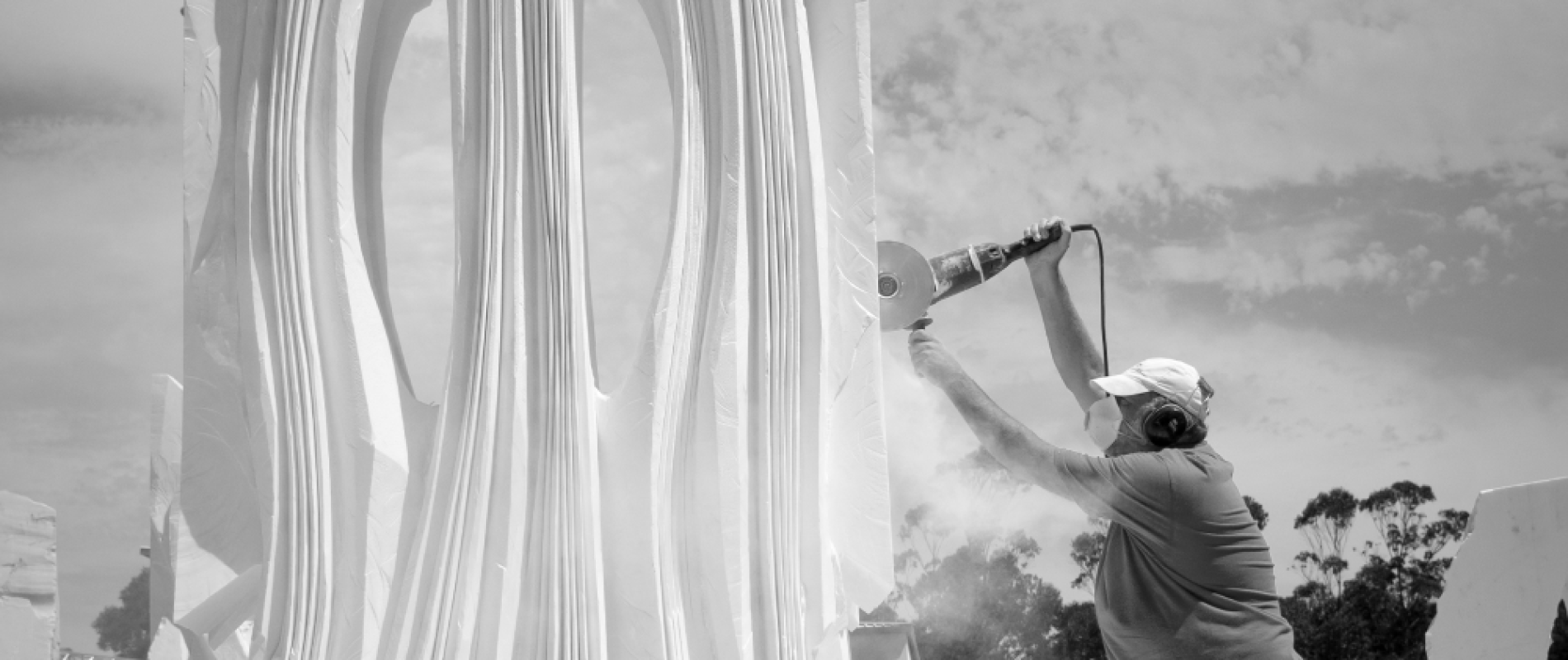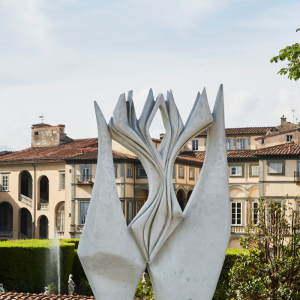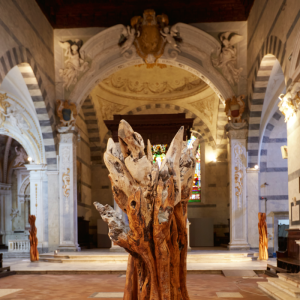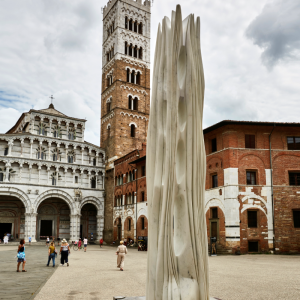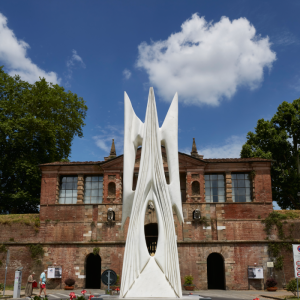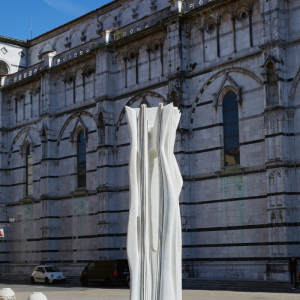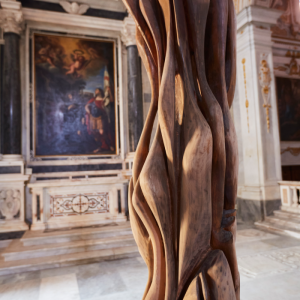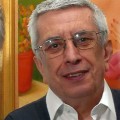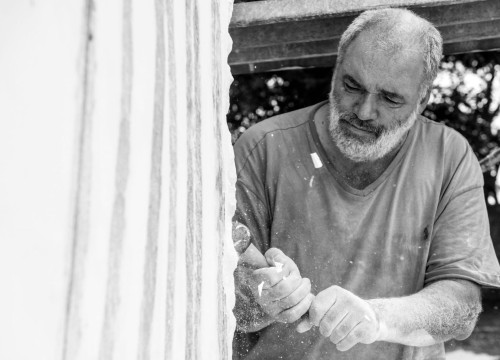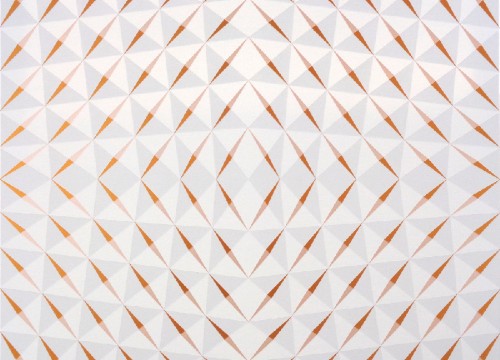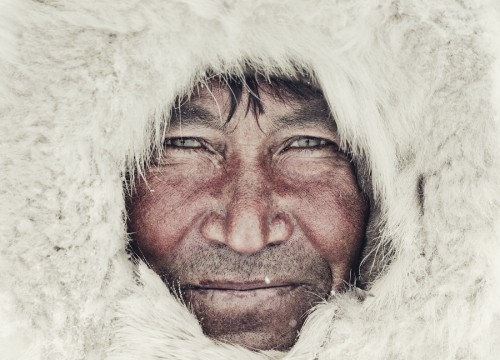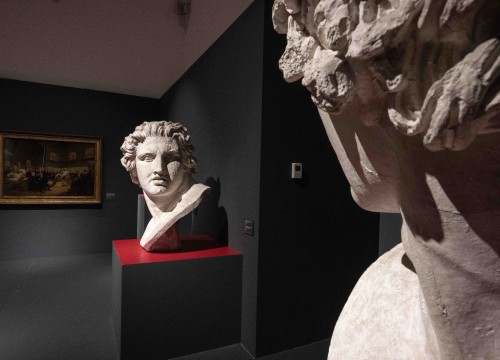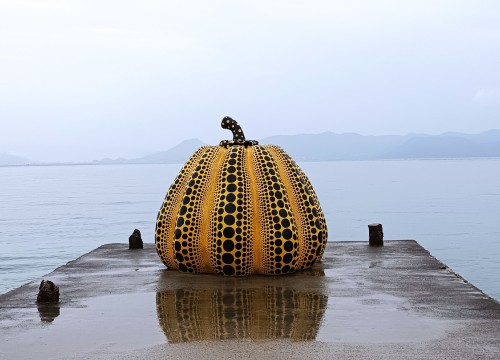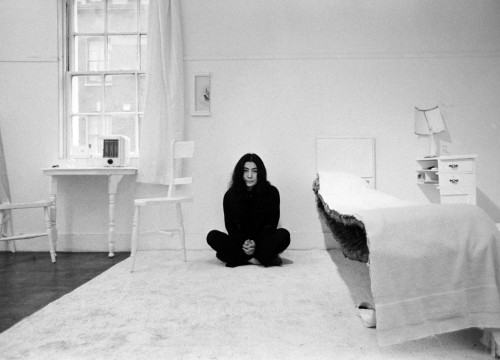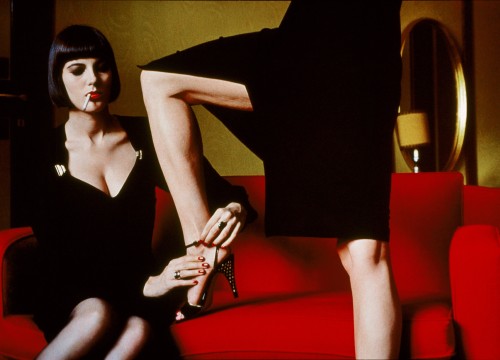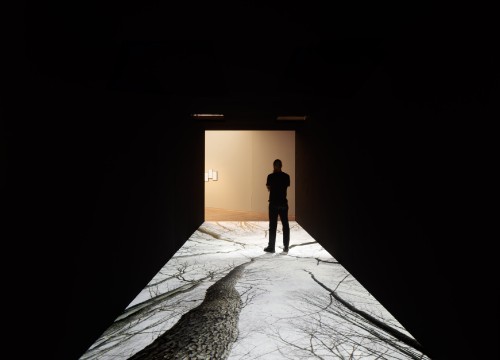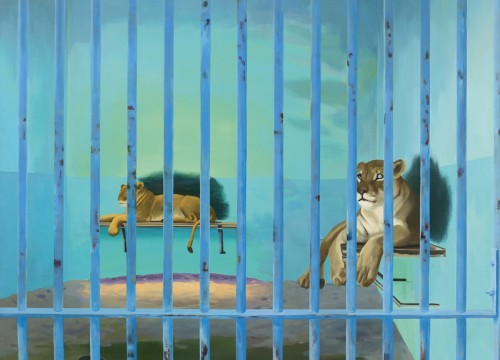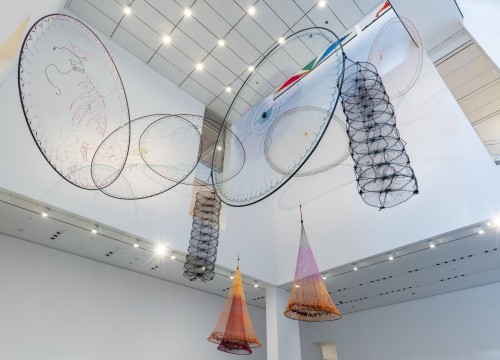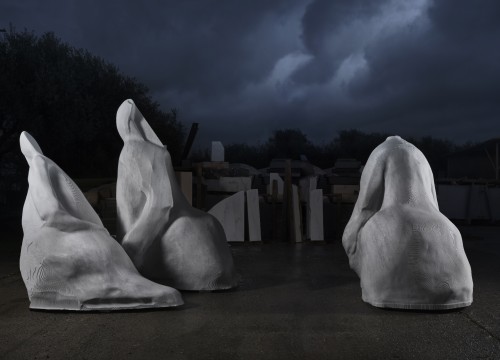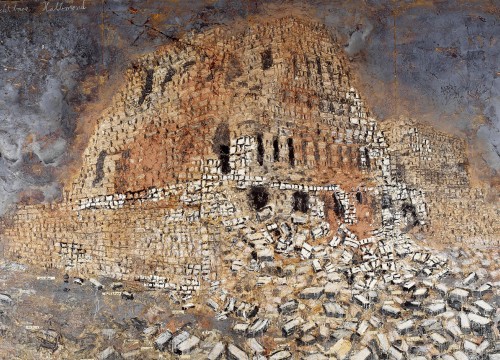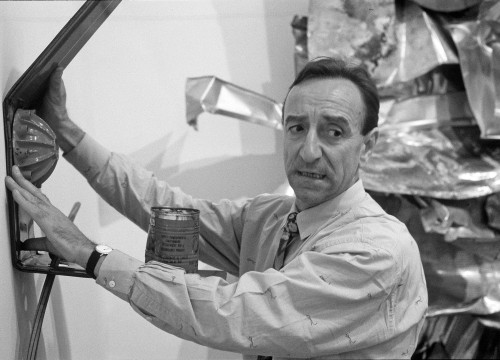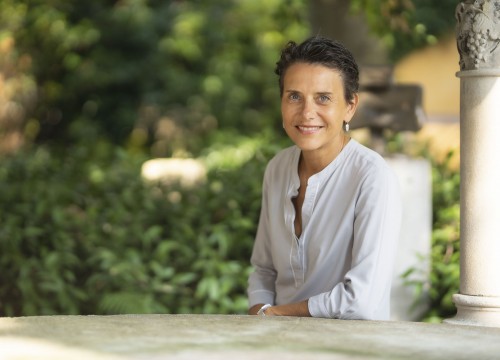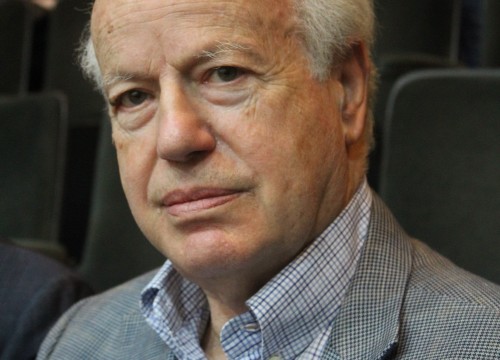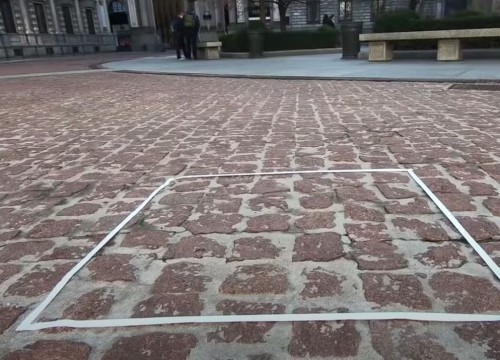An important exhibition by Pablo Atchugarry in Lucca
Lucca’s 16th-century walls welcome marble and bronze sculptures and roots
of ancient trees, reborn in a new narrative; meanwhile, they fill the streets, the church courtyard and two precious exhibition spaces as renewable surprises. In this way Pablo Atchugarry presents himself for the first time in the Tuscan city with “The Awakening of Nature,” an event that is made of 45 works curated by Gian Guido Grassi. It demonstrates how his incomparable art admirably succeeds in conquering every space and interpreting its spirit beyond the time that seems to determine it.
5 LARGE-SCALE WORKS DIALOGUE WITH THE MEDIEVAL ARCHITECTURE OF THE CITY.
ANOTHER 40 WORKS ARE EXHIBITED AT PALAZZO DELLE ESPOSIZIONI AND
IN THE CHURCH OF SANTA MARIA ANNUNZIATA DEI SERVI
Perhaps the reason is related to the fact that his compositions do not originate from a preparatory drawing or a planned project but are suggested to him by the material itself in the moment of his creative approach. Atchugarry traces on the marble a starting mark; it will be his hand that guides the inspiration or vice versa according to the famous Michelangelo concept for which he sculpture already exists within the block of stone: the “only” necessity is to extract it.
THE SCULPTURES ARE NOT BORN FROM A
PLANNED PROJECT BUT ARE SUGGESTED TO HIM
BY THE MATERIAL ITSELF
It is no coincidence that the statuatorio of Carrara will be the initial : “The first time i visited the Apuan Alps was in 1979. It was a decisive moment for my career; I got to know the origin and beauty of the marble that became the privileged material of my work.”
Precisely that marble from the same quarry chosen, centuries ago, by Buonarroti. He implements the same interpretive procedure with the pink marble of Portugal where the dark veins are welcomed by him not as a stumbling block in the path but as a suggestion to start the excavation process. Perhaps it is also for this reason that Atchugarry breaks out of all categories: he can be considered original because of the forms that seem to remind us of times suggested by the ancient Greco- Roman school still paid homage to in the seventeenth-century Baroque by Bernini; equally, he is abstract in his free, harmonious, progressive and ascending vocation: “I try to raise my sculptures towards light: freeing themselves from the weight of matter and the fatal attraction downward, they turn their gaze to the sky, opening the way to freedom and hope.
AS WITH MICHELANGELO, ACCORDING TO HIM THE SCULPTURE
ALREADY EXISTS IN THE BLOCK OF MARBLE, YOU ONLY HAVE TO EXTRACT IT
I think this is the mission of art and beauty or, at least, the one I try to fulfill daily through my work as a sculptor. “A significant demonstration of these intentions comes to us from the 5 impressive works now placed outdoors that conquer infinity in Piazza San Martino thanks to Energia della luce, in Piazza San Michele with the wooden sufferings of Natura in croce, and in Piazza Antelminelli that enhances Tempo Vitale; furthermore, the wings of the Great Angel seal Porta San Michele while the articulate Risveglio della natura dominates the walls at the bulwark of San Frediano. 10 intense works made of wood (“ they come from roots of centuries-old trees that were not meant to die; we all need roots”) are welcomed instead in the 14th-century Church of Santa Maria Annunziata dei Servi activating an astonishing environmental and spiritual union; further plastic-visual seductions aroused by the immaculate statuatorio of Carrara, the black of Belgium, the pink of Portugal and some bronzes welcome visitors to Palazzo delle Esposizioni.
"THE FIRST TIME I VISITED THE APUAN ALPS WAS IN 1979.
IT WAS A DECISIVE MOMENT FOR MY CAREER"
Pablo Atchugarry
Il risveglio della natura
Lucca
Palazzo delle Esposizioni
Chiesa di Santa Maria Annunziata dei Servi
Piazza San Martino
Piazza San Michele Piazza Antelminelli
Porta San Michele
Walls – San Frediano
Curated by di Gian Guido Grassi
Until 4/09

